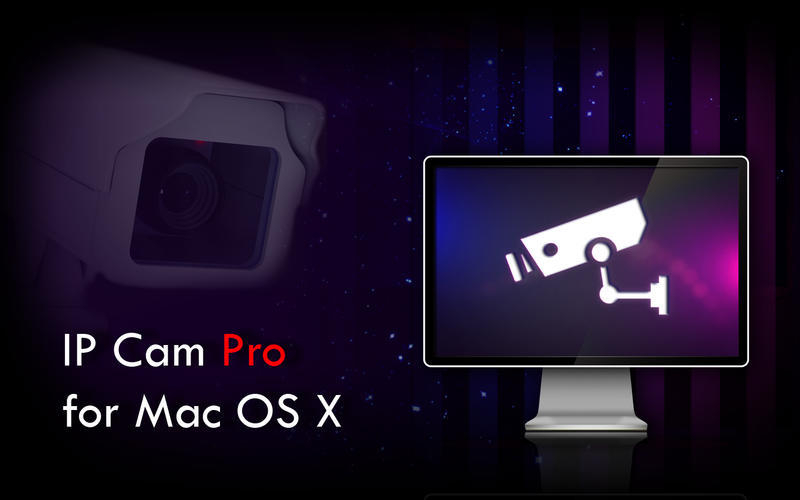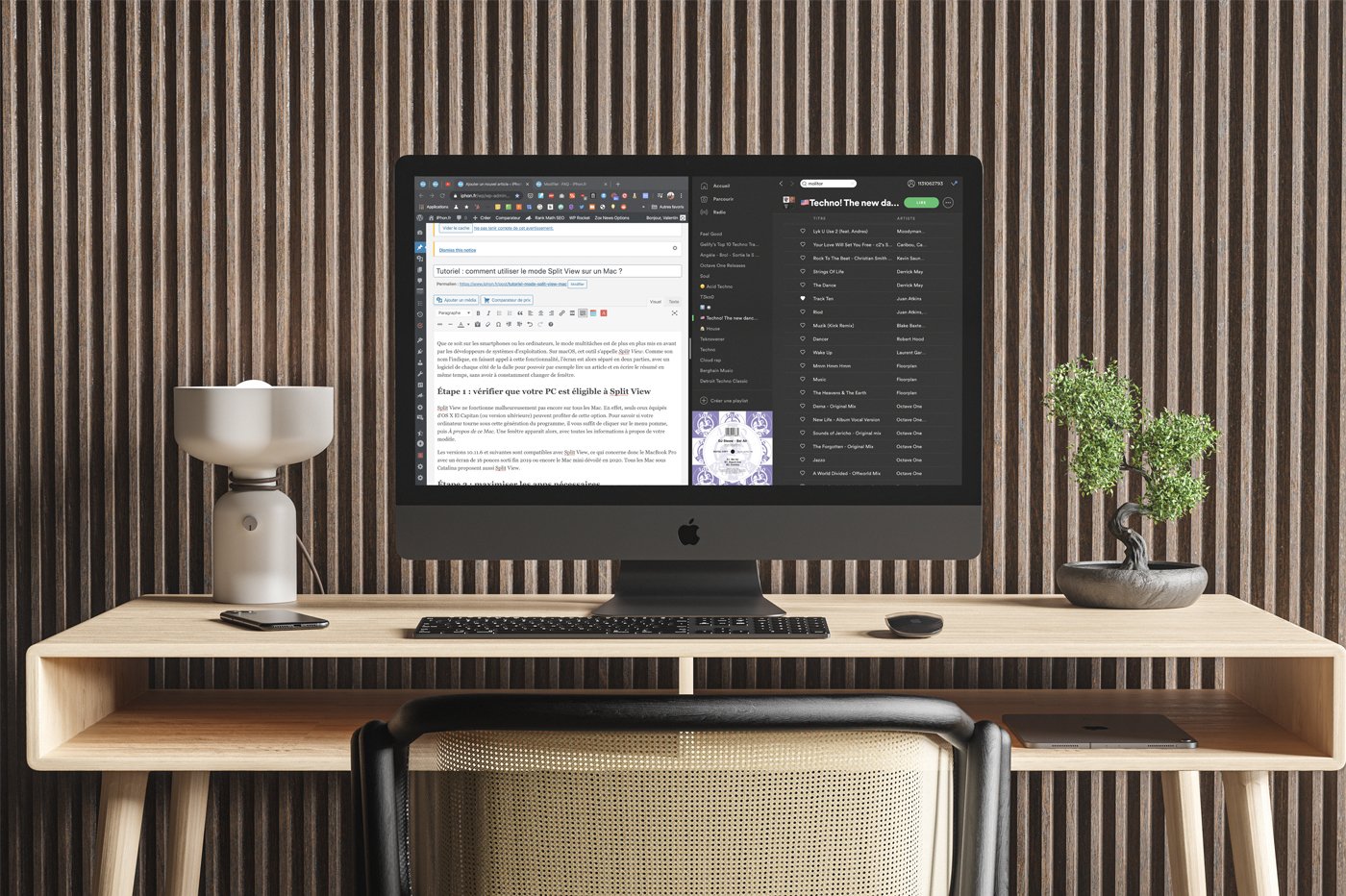


If you undertake both of those upgrades, you’re looking at £2,599 for your shiny new Mac Studio. If you fancy some more memory, you can spend another £400 to take it up to 64GB. An extra £200 will take the GPU cores up to 32.

There are plenty of options once you start configuring it to your liking, too. That gets you a 10-core CPU, 24-core GPU, 32GB of unified memory, and a 512GB SSD. Pricing in this article is stated in GBP, but can usually be translated directly into USD. So, let’s work out how to best spend your money. You want as much power as Apple can throw at you, but you’re just as conscientious about your investment as a business buyer. It therefore needs to offer as much bang-for-buck as possible, and deliver a measurable return on your investment.Įqually, you might have a sizeable budget for your home-based Mac. You might think this is an odd comparison, given the aforementioned seismic gap in price and performance between these two Mac Studio options.īut if you’re buying a Mac Studio, it’s probably going to be a tool for your business or creative endeavour.

But which one is right for you? Comparing apples and oranges? There’s a big price and spec gap between the two. The first is the M1 Max (of MacBook Pro fame), the second is the M1 Ultra (of ‘come and have a go if you think you’re hard enough’ fame). This new Mac platform comes in two flavours, based on the chip you go for. Then, we’re presented with the Mac Studio. Whether it’s micro-analysing the differences between the iPad Air and the 11” iPad Pro or spending hours trying to work out which iMac colour to buy (yes, that’s totally fine), it can be a pretty perilous ride. This is the case for all of Apple’s products. Apple never makes things easy, eh? As quickly as the excitement builds during its new product launches, so too does the confusion over which version to buy.


 0 kommentar(er)
0 kommentar(er)
